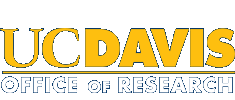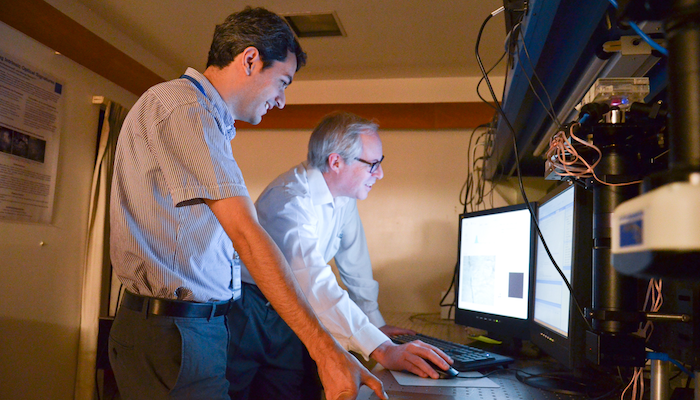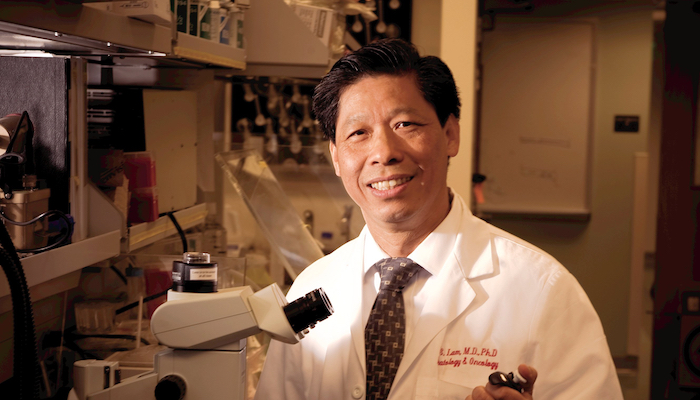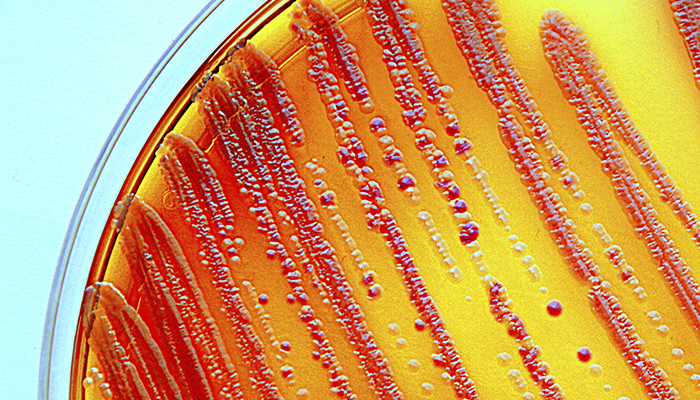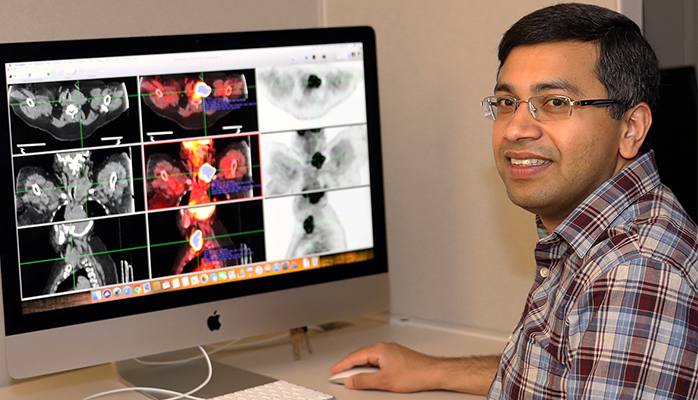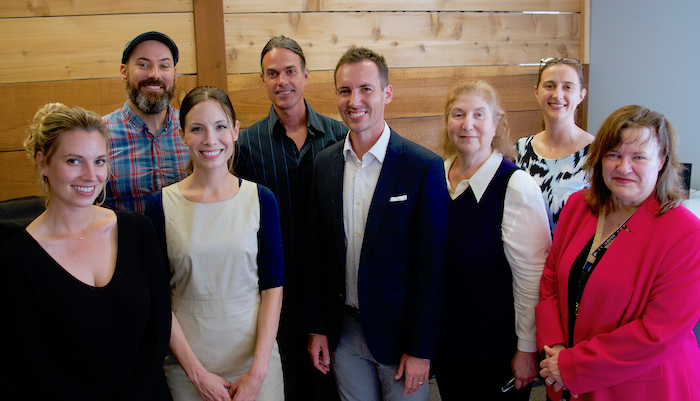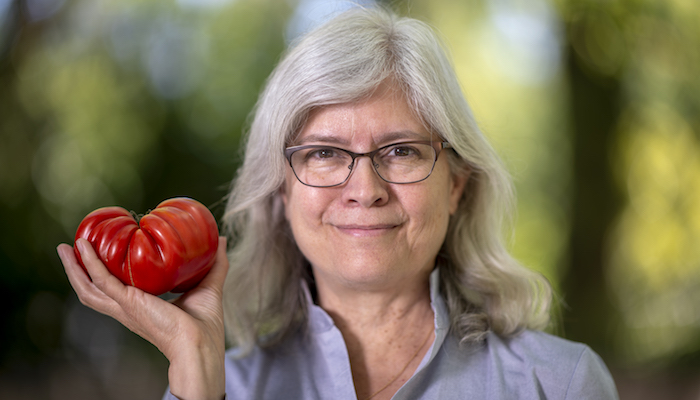STAIR Grant 2014-15
University of California, Davis, is helping researchers with innovative technologies bridge the gap between research and commercialization.
The UC Davis Science Translation and Innovative Research grant program provides funding for proof-of-concept research and development work aimed at demonstrating commercial feasibility of university-generated technology. Now in its second year, the STAIR program is one way UC Davis supports its entrepreneurial researchers.
The STAIR program is run and managed by Venture Catalyst, a unit within the university’s Technology Management and Corporate Relations division of the Office of Research.
“STAIR grants provide funding not available through traditional sources,” said Dushyant Pathak, associate vice chancellor for Technology Management and Corporate Relations. “Despite our rebounding economy, there remains a substantial gap in funding for proof-of-concept work and our unique program is an example of how we are investing campus resources to fill this crucial gap between cutting-edge research and commercial translation.”
Five winners were selected from a total of 35 applications. The final awardees were selected after a multistage review process for their commercial potential, technical merit, and ability to achieve identified commercialization milestones with the funding requested. The STAIR program also exemplifies the ways TMCR implements the chancellor’s vision for commercializing innovative research.
This year’s STAIR awardees:
Aijun Wang, assistant professor, Department of Surgery
Title: A Sutureless Artificial Graft for Arterial Replacement
Funding amount: $50,000
Wang’s team has created VasoFlo, an artificial arterial graft designed to address the complications that plague existing artificial vascular grafts. The design allows attachment to the vessel walls without sutures, and protects against turbulent blood flow, thrombosis, and intimal hyperplasia. With STAIR funding, the team will construct a viable prototype using FDA-approved materials and test the efficacy in a large animal bypass model.
Wenbin Deng, associate professor, Department of Biochemistry and Molecular Medicine
Title: A Drug Candidate for the Treatment of Multiple Sclerosis
Funding amount: $50,000
This team’s invention identifies a small-molecule drug candidate with potential therapeutic properties for the treatment of multiple sclerosis. The drug targets a transcription factor called Zfp488 that promotes remyelination in the treatment of MS, attenuates experimental autoimmune encephalomyelitis in mice, and reduces neural inflammation and neuropathology. This drug candidate could prevent neurodegeneration in MS patients, whereas current therapeutics only work on the immune system.
Richard Levenson, professor and vice chair, Department of Pathology and Laboratory Medicine
Title: Deep UV Surface Excitation Microscopy (MUSE)
Funding amount: $50,000
Levenson’s team has proposed microscope instrumentation for the assessment of freshly excised tissue specimens using a fast, nondestructive and inexpensive method called Microscopy with Ultraviolet Surface Excitation, or MUSE. Diagnostic-quality images can be generated in minutes using LED lights, eliminating the need for glass slides.
Tingrui Pan, assistant professor, Department of Biomedical Engineering
Title: Wearable Pressure Sensor for the Management of Chronic Venous Disease
Funding amount: $50,000
This team aims to develop a wearable pressure sensor for management of chronic venous disorder, commonly manifested as varicose veins. The sensor utilizes allows for wireless data transmission for continuous pressure assessment under compression therapy. The device is ultra thin with skin-like flexibility and can be mass-produced at a low cost.
John Voss, professor, Department of Biochemistry and Molecular Medicine
Title: A Novel Approach for Early Detection of Alzheimer’s Disease
Funding amount: $34,000
Voss’s team is developing technology based on a small molecule believed to have potential for the early detection of Alzheimer’s disease. The compound is innovative for its paramagnetic properties, which affect MRI intensities. Unlike available imaging methods, this would enable greater patient access, is less expensive and does not require radiation exposure for the patient.
Mentorship: An Added Bonus
In addition to funding, each STAIR recipient is assigned a volunteer mentor to add value through the engagement process. Mentors represent the business community, providing essential industry connection, networking opportunities and invaluable advice.
Samuel Wu is the managing director of MedImmune Ventures, a wholly-owned venture capital fund within the AstraZeneca Group, and got involved for the first round of STAIR. He was paired with Jared Shaw, an associate professor of chemistry, who spearheaded a project aimed at developing a novel class of antibiotics to treat drug-resistant infections.
In addition to acting as a trusted adviser, Wu points to concrete benefits of his mentorship.
“We set up a weekly call, much as I might with a CEO of a portfolio company, for the purposes of checking in,” said Wu. “The advantage of this was that [he] did not feel like he needed to have a buttoned-up update each time we talked, and he could easily seek advice on simple things, as well as on topics that may have been deemed tangential to the core project but were still relevant to the success of the technology.”
Past Recipients Demonstrate Success
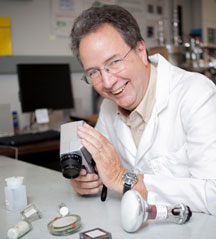 Charles Hunt
Charles Hunt
The STAIR program’s inaugural year involved four award recipients from diverse areas of campus research. Each has made significant progress in moving the projects forward and achieving important milestones along the path to commercialization of their proprietary technologies.
Charles Hunt, professor of electrical and computer engineering, used the STAIR funding to develop a prototype for his proprietary light source. His novel field emission light source is environmentally friendly, energy efficient, long lasting and low cost. Prototyping should be finished by the end of the summer, when he will have his light sources independently tested with the objective of moving into the marketplace. Such progress could not have been accomplished without the STAIR program, he said.
“This [program] is exactly to provide funding to accomplish what other research sponsors don’t,” said Hunt. “And in our case, [the award amount was] just enough to tip the scales.”
